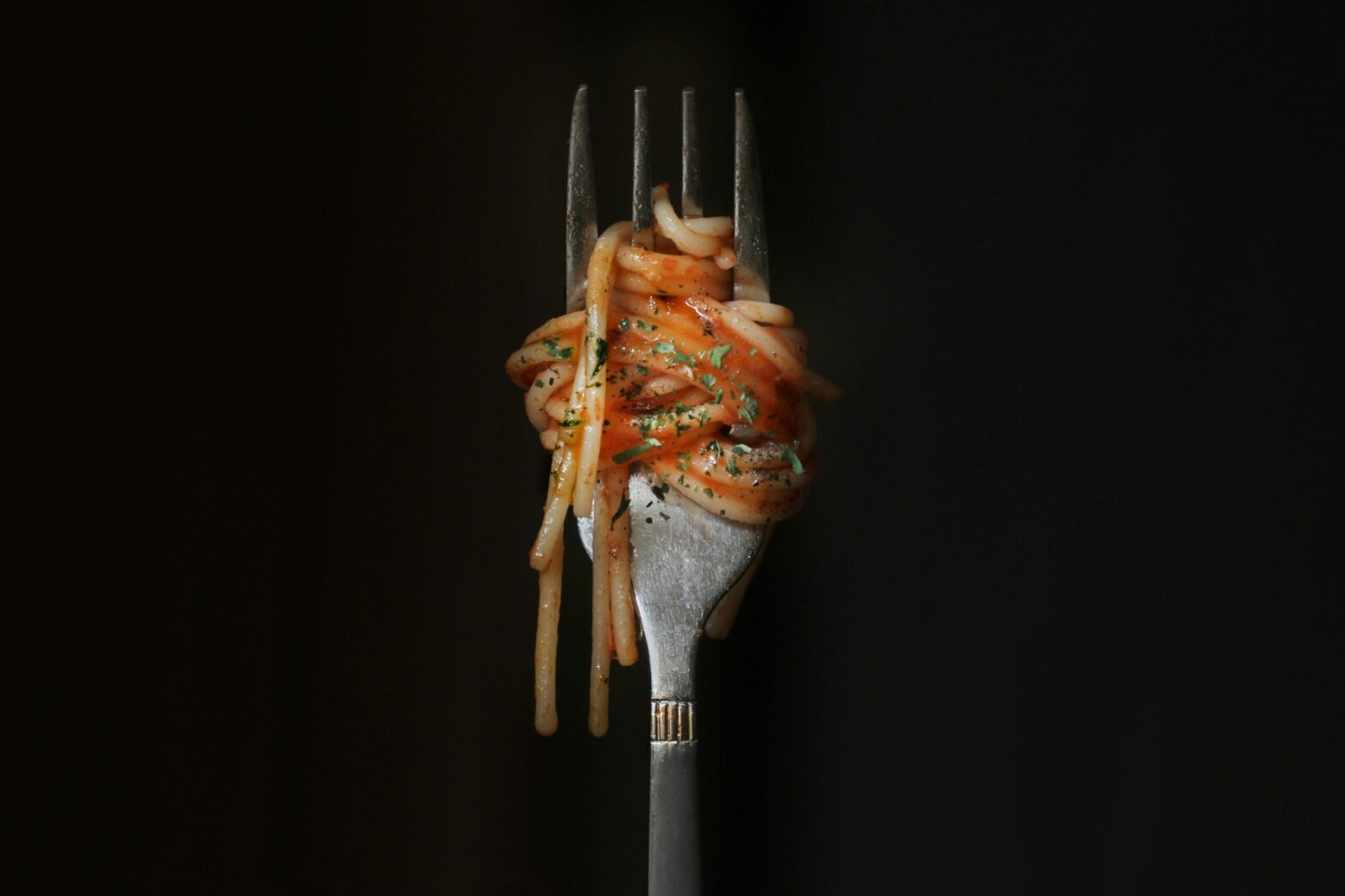Traveling is one of life’s greatest pleasures, but it can quickly turn into a nightmare if you’re struck down with foodborne illnesses. Whether you’re wandering through vibrant street markets in Asia, savoring local delicacies in Europe, or tasting exotic dishes in Africa, food is a huge part of the experience. However, it can also pose significant risks. Foodborne illnesses can ruin your trip, cause discomfort, and sometimes lead to serious health complications. So, how can you ensure that your adventurous spirit doesn’t come crashing down with a bout of travel sickness? This guide reveals essential tips for keeping your stomach safe while exploring the world.
Why Food Safety Matters While Traveling
It’s no surprise that food safety is one of the top concerns for travelers. The food you eat can contain harmful bacteria, viruses, or parasites that your body may not be accustomed to, especially in areas where sanitation practices differ from what you’re used to at home. Travelers are often at higher risk due to changes in diet, local water, and hygiene standards.
Imagine this: you’ve just arrived in a tropical paradise, the sun is shining, and you’re eager to dive into the local cuisine. However, one ill-advised street food purchase or a slip-up in hygiene practices can lead to debilitating symptoms like nausea, vomiting, diarrhea, and fever. No one wants that, right?
So, how do you protect yourself from foodborne illness while still enjoying the culinary wonders of your destination?
-
Be Cautious with Street Food
Street food is a major part of many cultures, but it can be a breeding ground for bacteria if not prepared or stored properly. While many street vendors serve up delicious and authentic treats, there’s always a risk when eating from an open-air stand.
To stay safe:
- Look for crowds: Popular vendors with long lines are usually a good sign. This often means the food is fresh and has been prepared often, minimizing the chance of contamination.
- Observe cleanliness: Watch the vendor’s hygiene practices. Are they wearing gloves? Is the food being kept hot or cold properly? If anything seems off, think twice before taking the plunge.
- Avoid raw or undercooked foods: Foods like raw seafood, undercooked meat, or unpeeled fruits and vegetables are more likely to carry harmful pathogens. Opt for cooked or thoroughly prepared dishes to reduce your risk.
-
Hydrate with Caution
Water is essential to staying hydrated, especially while traveling in hot and humid climates. But drinking local tap water can be risky. Many destinations have water that’s treated differently from what your stomach is used to, leading to gastrointestinal distress.
- Stick to bottled water: It’s always safer to buy bottled water from a reputable brand. Don’t forget to check the seal before opening!
- Avoid ice: Ice is often made from tap water, which can carry harmful bacteria. Opt for drinks without ice, especially in countries where water quality is questionable.
- Consider water purification tablets or filters: If you’re heading off the beaten path or trekking through rural areas, carrying water purification tablets or a portable water filter can be a lifesaver.
-
The Golden Rule: Cooked Is Best
There’s a saying, “Cook it, boil it, peel it, or forget it.” When it comes to food safety while traveling, this golden rule is worth remembering. Cooking food at the right temperature kills harmful bacteria and viruses, ensuring that it’s safe to eat.
- Stick to hot meals: Hot food that’s cooked thoroughly is usually safe to eat. Pay attention to how the food is prepared, and make sure it’s piping hot when served.
- Peel fruits and vegetables: Many fruits and vegetables are sold unpeeled, which can expose you to bacteria on their skins. Always peel them yourself before eating, especially if you’re in areas where hygiene practices may be questionable.
-
Trust Your Senses
Your senses are your best defense when it comes to food safety. If something doesn’t look, smell, or taste right, trust your instincts.
- Smell the food: If it has an odd, sour, or unpleasant smell, it could indicate spoilage. Avoid eating it.
- Inspect the food: If the food looks overripe, undercooked, or poorly stored, it’s best to skip it. If you’re unsure, it’s better to walk away than risk getting sick.
- Taste carefully: If a dish tastes strange or off, don’t continue eating. It could be a sign that it hasn’t been prepared properly.

-
Choose Restaurants with High Hygiene Standards
While street food is exciting, restaurants provide a more controlled environment for food preparation. The risk of contamination is typically lower in restaurants that follow proper hygiene practices and food safety standards.
- Check reviews: Before heading out, check online reviews or ask locals for recommendations. A restaurant with good reviews is more likely to have higher hygiene standards.
- Look for clean surroundings: Restaurants that pay attention to cleanliness, both in the dining area and in the kitchen, are more likely to serve food that’s safe to eat.
-
Keep Your Hands Clean
Proper hygiene starts with you. Always wash your hands thoroughly before eating. If soap and water aren’t available, carry a small bottle of hand sanitizer. Clean hands help prevent germs from entering your system and causing sickness.
- Before eating: Always wash your hands before touching food. If water is unavailable, use hand sanitizer.
- After using the restroom: Never skip this step. Handwashing after using the bathroom can significantly reduce your risk of foodborne illnesses.
-
Be Mindful of Dairy Products
Dairy products are prone to spoilage, especially in hot climates. Unrefrigerated dairy products can harbor bacteria like E. coli and salmonella. It’s best to avoid consuming dairy unless you’re sure it’s been properly stored and prepared.
- Check the temperature: Ensure that milk, cheese, and other dairy products are kept cold, especially in warmer climates.
- Avoid unpasteurized products: Unpasteurized milk and cheeses are more likely to carry harmful bacteria. Stick to pasteurized options to stay safe.
What to Do If You Get Sick
Despite taking every precaution, sometimes foodborne illnesses can still strike. If you start experiencing symptoms such as nausea, vomiting, diarrhea, or stomach cramps, don’t panic. Here’s what to do:
- Stay hydrated: Drink fluids with electrolytes to replace lost fluids and prevent dehydration.
- Rest: Give your body the time it needs to recover.
- See a doctor: If symptoms persist for more than a day or if you have a fever, consult a local doctor to get the appropriate treatment.
Conclusion: Stay Safe and Enjoy Your Food Adventures
Food is one of the highlights of traveling, and with the right precautions, you can enjoy the culinary delights of any destination without the downside of foodborne illness. By following these tips for food safety while traveling, you’ll reduce your chances of getting sick and be free to explore and savor the flavors of the world.
Want more tips and travel safety guides? Make sure to subscribe to ReachTV for more expert advice on staying safe, healthy, and happy while traveling!



